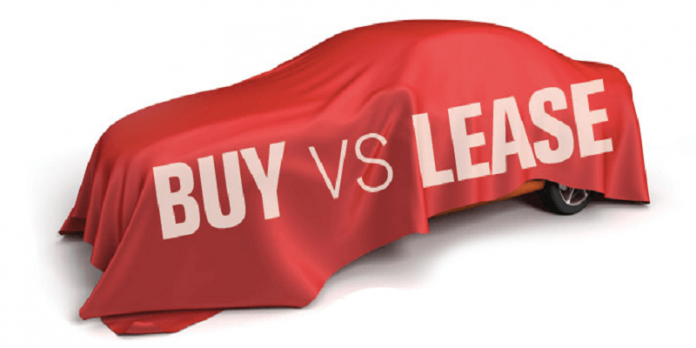How can you compare the cost of buying a new car to leasing the same model? If you choose to buy a used car, what will be your savings on buying or leasing and what will be the effects of your decisions after a few years from now when you will be ready to shop again?
It is not easy to give a definite answer that can cover all situations and people, but here is a wise solution for all, if your concern is about making most sensible financial decisions of purchasing a car, you should buy a used one, pay it off and keep it for a few years.
For comparing the costs of leasing and buying a new or the used one, we will take the example of some popular vehicles like a compact SUV. Most car owners in the US keep their new and used cars for 79 months, nearly about 6.5 years. That is the length of assumed ownership. For matching the period, we are basing the leasing example on two back-to-back three-year leases, totaling 72 months.
Table of Contents
Cost Considerations
- Leasing: The average cost of renting applied on a compact SUV that sells for $27,142 and has a drive-off charge of $2038. For the lease interest rate, also known as the money factor, the average amount is 0.000833. It results in a $330 monthly payment for three years, and you will use the same numbers for the next three-year lease.
- Buying New: The average financed amount for a new car is $26,830 with a down payment of $3,181. Its average rate of interest is 4.5 percent that results in a monthly fee of $426.
- Buying Used: The average amount financed for 3 or 4-year-old compact SUV is $18,691 with an average down payment of $2275. The interest rate for used-car loans is higher than for new, and it is 7.2 percent in a few cases. All the factors result in a monthly payment of $344.
Cost Comparison
A basic comparison revealed that on leasing two compact SUVs, you would have to pay $3954 more to drive them for six years than purchasing a new vehicle. However, you might save $8840 over lease during six years cycle if you would have bought a used car. You will save $4886 on the purchase of a used car than the new one.
We will now compare the leasing advantages to the ownership advantages.
| Leasing Advantages | Ownership Advantages |
| The lease is for three years, so the vehicle is always under warranty. So leasing is free of maintenance cost program. | You can invest the amount of money for monthly expenses. It is also set aside for maintenance cost charges. |
| You can also buy the leased vehicle as to the purchase price at the beginning of the lease which is often the current market value of the car at the end of the contract. | You have the freedom to sell out your car whenever you like and need not wait till the lease is up. |
| Leasing protects you from unexpected depreciation. If the market value drops because of a shift in the market, it will not affect you. | You are free to modify your car the way you want without the fear of breaking the lease contract. |
| Leasing offers a deduction in the tax if you are using the car for business. | You will not have to worry about the increased cost that you need to pay in a leased car in case of excessive wear and tear. |
| Leasing offers prestige and enjoyment of driving a new car more often. | You don’t have to worry about additional mileage penalties. |
| Leasing a car can provide you with the latest safety, technology and comfort features. | It is not easy to sell out your old car and purchase a new one too frequently. |
Concluding Remarks
While on papers the used vehicle may be the least expensive option. You may somehow not be comfortable with handling repairs on aging vehicles. Car is ultimately a depreciating property, so it is better to make your calculations wisely. It is necessary to check before leasing a car, buying used or a new one.




